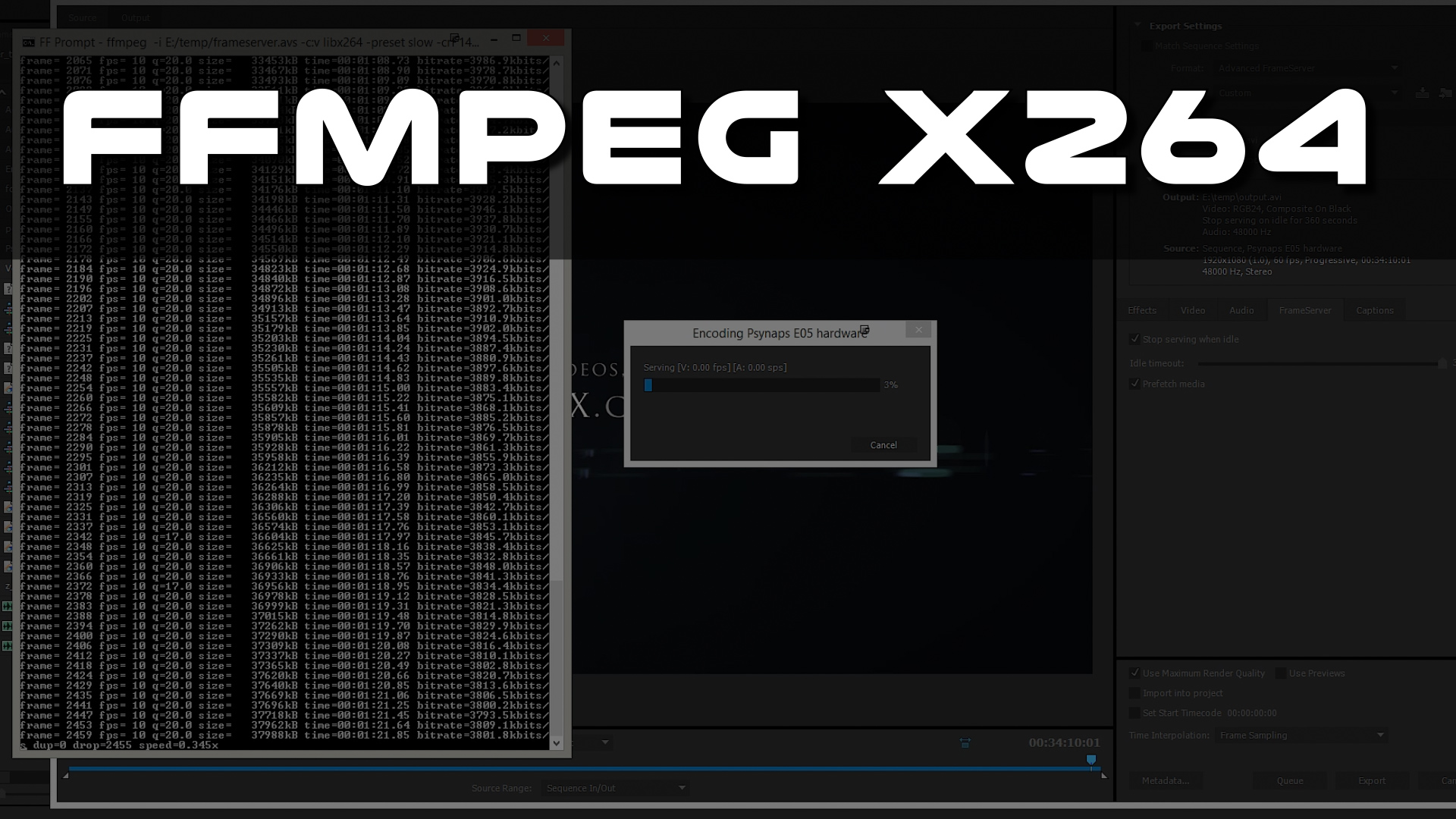

It can also burn subtitles into the video stream or overlay them as separate files.įFmpeg can be used in various applications, such as video editing, transcoding, media conversion, streaming, and more. Subtitles: FFmpeg can add, extract, and manipulate subtitles in various formats, such as SRT, ASS, and VTT.These filters can be used to resize, crop, rotate, deinterlace, denoise, sharpen video, and adjust brightness, contrast, and color balance. Filters: FFmpeg provides a powerful filter system that can apply various effects, transformations, and corrections to media files.Streaming: FFmpeg can stream media content online, enabling live video broadcasting and video-on-demand services.It can also transcode between different codecs and adjust video and audio quality parameters. Video and Audio Codecs: FFmpeg supports many codecs for encoding and decoding video and audio files, including H.264, MPEG-4, AAC, MP3, and many more.It supports various input and output formats, including video, audio, and image.


It is written in C programming language and is available for operating systems such as Windows, macOS, and Linux.įFmpeg is a highly flexible and versatile tool that can perform a wide range of tasks related to multimedia processing. This tutorial will install FFmpeg on Windows using various methods and techniques.įFmpeg is a command-line tool and library for handling multimedia files, developed under the open-source GNU Lesser General Public License.


 0 kommentar(er)
0 kommentar(er)
